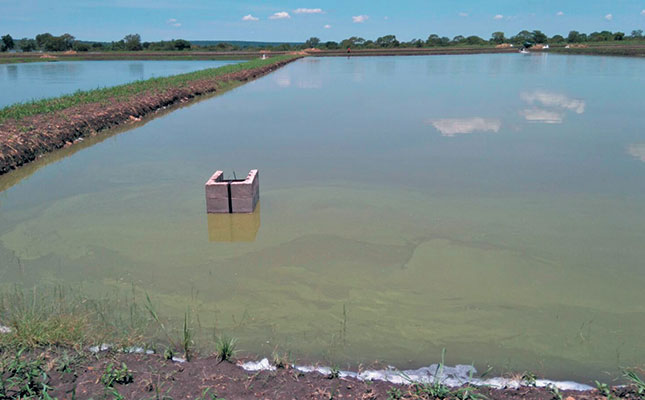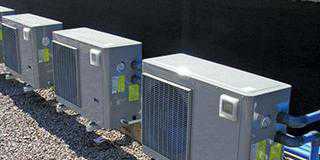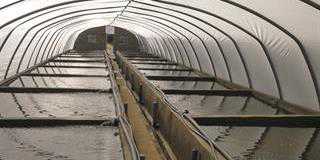
Back then, the main controversy was over the choice of species in tilapia farming. The law permitted only the slower-growing Mozambique tilapia (Oreochromis mossambicus) to be farmed due to a perceived conservation threat by the Nile tilapia (O. niloticus) favoured in world aquaculture.
Pressure over the years has resulted in a gradual issuing of permits to farm O. niloticus in the colder regions of the country, but there are still no permits for commercial culture in the provinces most suitable for tilapia farming: Limpopo, Mpumalanga and KwaZulu-Natal.
At the same time, recent research indicates that Nile tilapia are firmly established in both the Limpopo and Komati river catchments (and elsewhere) having invaded from neighbouring countries where the governments actively promote fish farming.
To not be allowed to farm with a species already in a river is akin to not being permitted to farm cattle when your neighbour’s cattle already graze your land.
Turning to the technicalities of aquaculture, there are now at least 15 operational tilapia recirculating aquaculture system (RAS) units established countrywide. Most are either one- or two-tunnel systems; a few are larger. Several have successfully introduced tilapia to the food market. The general feeling is that it is a fine product and the demand is there. Refinements in packaging, presentation and format (whole, gutted, scaled, filleted) are under consideration.
The main challenge remains regular, high-volume production. I have my doubts whether this can be fully realised by RAS production, and maintain that the Egyptian model of pond farms would be the solution in warmer areas.
Recirculating systems: theory vs reality
A major problem with RAS is that oxygen depletion and excessive ammonia place an upper limit on how many fish can be raised at a time. Several systems originally designed for high stocking levels have seen these theoretical levels halved in the light of experience. At present, the maximum rate seems to be 28kg/ m³ to 30kg/m³ water.
Over the past four years, many ‘experts’ have promoted an ever-increasing variety of RAS designs. Many of these are innovative, but possibly of more interest to the designer than as a workable solution to mass tilapia production. Still, there are some highly competent and determined farmers out there, and technical cooperation has largely become the norm – a very different situation to that in 2012!
Feed companies come and go, and tilapia feed costs in South Africa are still 30% to 40% higher than those in Zambia, where aquaculture is thriving.
In conclusion, we still have a long way to go, but the sector is far ahead of where it was back in September 2012.













